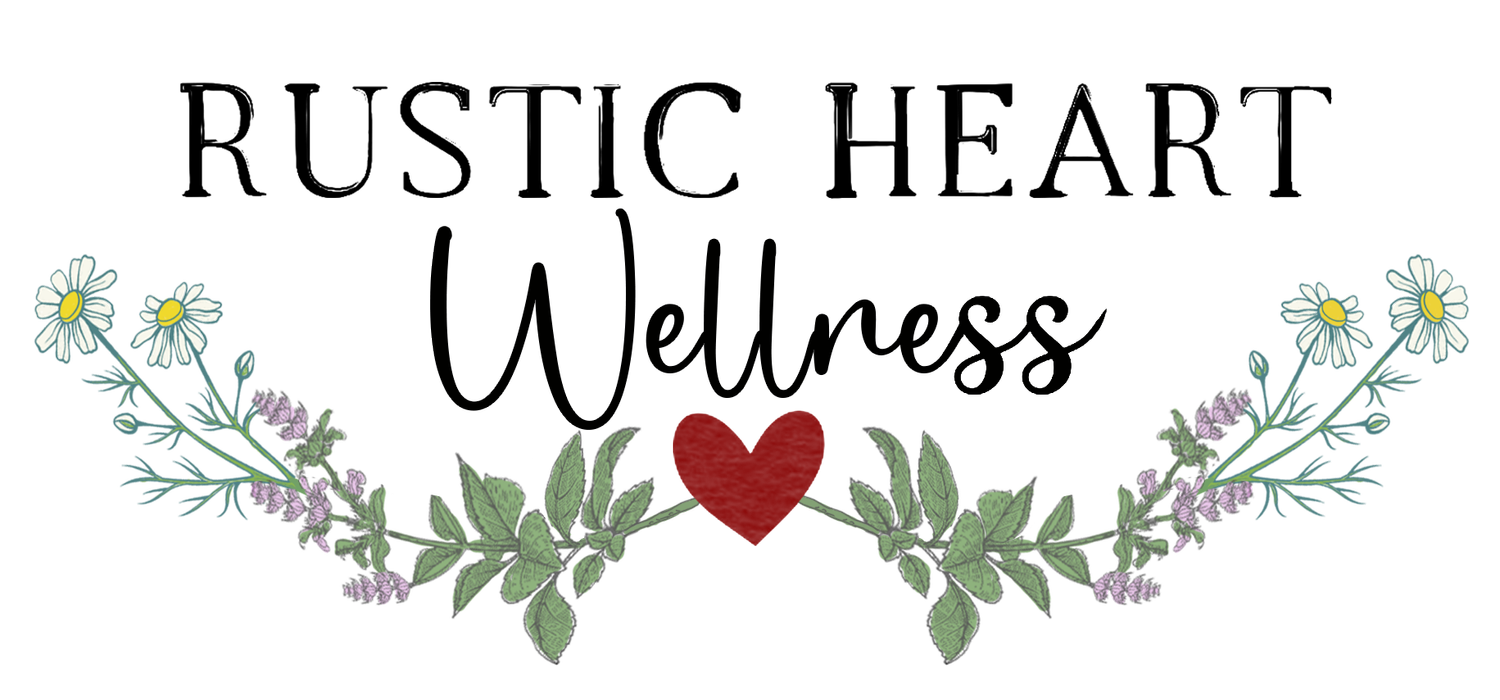Trout Lily: Patience, Community & Nature's Timing
Erythronium americanum, affectionately known as Trout Lily, embodies a serene resilience that captivated me during a recent yoga gathering in Vermont.
The retreat home was nestled beside an ancient forest, brimming with plants and mosses thriving in the rich spring earth. During my stay, I explored the land during silent walking meditation, making a conscious effort to observe and connect with their ancient wisdom. I found myself marveling at the small, single red and green leaves that formed a beautiful tapestry over the exposed walking trails and surrounding landscape.
These little plants, unassuming yet abundant, offer profound lessons on patience, community, and the beauty of life's natural rhythms.
Trout Lilies live in colonies that can be hundreds of years old, perhaps even older. They flourish in the nutrient-dense soil provided by maple and beech trees and the compost of their leaves. Rising from their winter slumber in early spring, these ephemeral plants have a very short life cycle, reminding us to cherish fleeting moments. They flower, fruit and grow leaves in a brief period, so when you encounter Trout Lilies, take a moment to appreciate their transient beauty. These small plants prosper in the dance of sunlight and shade before the canopy thickens and absorbs most of the light. The young plants initially bear only one leaf, and as they mature, they develop two leaves.
Remarkably, Trout Lilies typically flower around their seventh year, with each plant producing a single flower. On my walk, I only spotted two flowers, suggesting that the colony was young or that it was still early in the season. If these delicate flowers can wait almost seven years to bloom, we too can find patience within ourselves as we navigate our own paths to healing and self-discovery. By trusting that everything happens in its own time, we can stay present in each season of life, confident that we will eventually blossom in the most abundant way.
The Trout Lily also shares a marvelous symbiotic relationship with ants called myrmecochory, highlighting the importance and benefit of community. The seeds of the plant have a fatty structure that serves as a highly attractive food source for ants. The ants carry the seeds back to their nests, feed on the coating, and discard the seed in their nutrient-rich waste piles, creating an ideal environment for the seeds to germinate. This mutualistic relationship shows how different species can coexist and support one another, emphasizing the interconnectedness in nature.
Just as the Trout Lily and ants benefit from their relationship, we too can thrive when we collaborate with each other and with the living world around us.
Beyond their beauty, Trout Lilies possess medicinal properties, though caution is advised due to their emetic nature, which means they can induce nausea and vomiting if ingested internally. The flowers, leaves, and bulbs of Trout Lilies are edible, and historically, their roots have been brewed into tea to treat fever. The leaves have also been used traditionally as a contraceptive. Additionally, Trout Lily poultices have been applied to alleviate various skin conditions. However, due to their strong emetic action on the body, it is important to use this plant cautiously and avoid internal consumption unless under the guidance of a knowledgeable practitioner.
In our fast-paced world, the Trout Lily reminds us of the value of patience and the importance of living in harmony. As we embrace these lessons, we can nurture our journey toward personal growth and well-being, knowing that everything unfolds in its perfect time. Embracing community and living harmoniously with the natural world around us will help us grow, live and thrive.
References: Florida Wildflower Foundation, New Wilderness Trust, New York Botanical Garden

